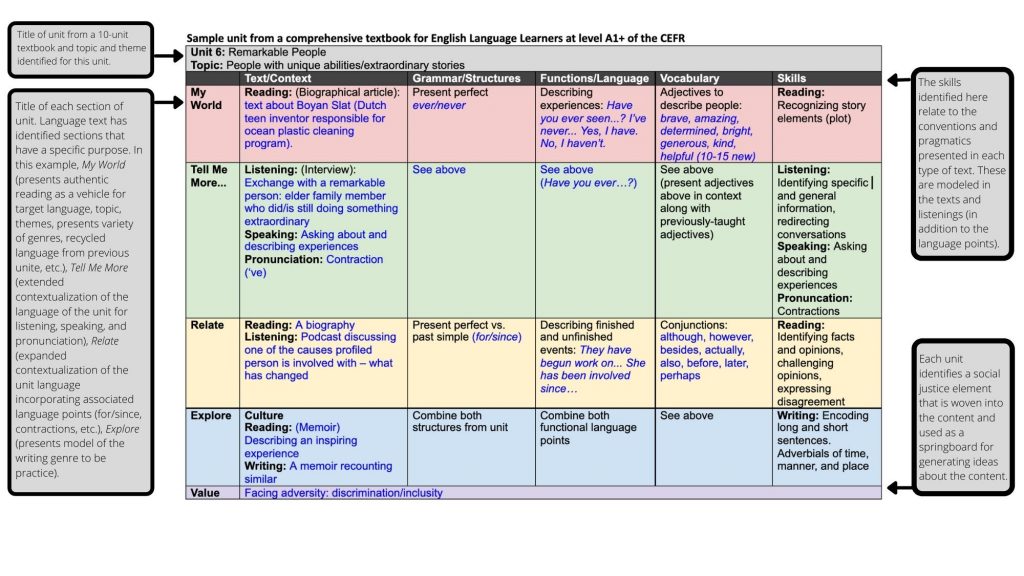Introduction

Relationships matter for successful collaborative work. Yet, when it comes to online/ blended/hybrid course design, development often begins with a focus on course content, assuming that the collaborative relationship between faculty and instructional designers is secondary to the design process (Tate, 2017). If we care about student success, we must turn our attention to the ways in which effective collaborative relationships among design partners contribute to the course feel — that is, the online learning environment as perceived by students. In our recent OLC presentation, we proposed an interactive strategy for developing collaborative relationships between faculty and instructional designers based on curiosity, enthusiasm, and mutual respect.
Faculty and instructional designers often find themselves at cross-purposes. The design process expects two groups of experts to bring their unique perspectives and skill sets together in course creation, without providing instruction or support for the kinds of intentional shared knowledge transmission and production necessary for collaboration (Richardson, J. C., et al., 2018). In fact, faculty buy-in to a collaborative working relationship ranks as the number one obstacle to instructional designers’ success (Intentional Futures, 2016, pp. 3, 15). Institutional frameworks must be in place that set up faculty-instructional design teams for success, so that together they in turn can set up students for success.
We suggest that fostering curiosity in each other’s disciplinary norms and approaches serves as an igniting spark for establishing effective instructional designer-faculty autonomy supports. In this way, relationships begin with trust, mutual respect for professionals’ expertise, and socioemotional growth.
ID-Instructor Cooperative Instrument
To aid in this process, we developed an ID-Instructor Cooperative Instrument for individual, flexible needs of both parties. Through a series of definitions and short prompts, users can see similarities and differences between their viewpoints on topics like student success, well-designed courses, and course feel. Feel free to use the spreadsheet linked above or this list of questions:
- Course feel: Name up to 5 keywords that describe how you want the course to feel.
- Student interactions: List the kinds of interactions your students will encounter in your course. Feel free to list them in order of importance, or to modify the categories.
- Teacher ⟷ Student
- Content ⟷ Student
- Student ⟷ Student
- Definitions:
- How do you want students to define success in this course?
- How do you define success in this course (for yourself and/or students)?
- Working Together:
- Name your best course — one you have designed, taught, taken, etc.
- Name a course activity you are proud of, or one you would like to be proud(er) of.
- Identify 3-5 keywords or phrases that describe your working style.
- Anything else you would like to note?
Initial Feedback
In our OLC presentation, some session attendees were purely instructional faculty, while others worked full-time in instructional design. Many people served in joint roles, including some administrative responsibilities for facilitating course design, or had started their careers in one area and then switched roles. Despite these different backgrounds, almost everyone agreed with our assertion that lack of mutual respect between faculty and instructional designers negatively impacted their ability to create and deliver high-quality courses.
During the presentation, we enjoyed seeing the enthusiasm and excitement from participants wanting to share their own stories and experiences. Working through the instrument questions as a group for this session was engaging for both participants and for us as presenters. Participants were able to quickly and clearly pick up the instrument and begin to share their ideas right away. Feedback both during the interactive presentation and during the Q&A suggests that our instrument serves the purpose we created it for: to get faculty and IDs excited about talking with one another about teaching and course design.
Conclusion & Getting Started
We advise other faculty and ID teams to rethink their working relationships, starting with curiosity about each other’s experiences and hopes for the course and their future students. Administrators — who often need to increase faculty buy-in to course development programs, and help instructional designers meet faculty where they are in their pedagogical experience and comfort levels in online instruction and design — can play an important role in encouraging design teams to take the time to work through the kinds of questions and conversations outlined in this tool. The road to pedagogical expertise is often varied, windy, and complex, for everyone involved. When the course design process focuses on growth and learning for the faculty and ID, it leaves a positive mark on a course that reverberates for the students experiencing that online space.
We invite faculty and IDs to get curious about their counterparts. If there is not currently an intake meeting for faculty and IDs at your institution, you could share this instrument either for a one-on-one meeting, or with a dedicated pedagogy session through your Center for Teaching and Learning and discuss how it could be a starting point for a collaborative working relationship. If there is already an intake meeting that is part of the course design process, think about bringing in aspects of this instrument that might be missing from that session.
If you are an administrator, suggest that your faculty or IDs spend some time at the beginning of a project getting to know one another. You might even help spark some curiosity by including a professional introduction — what excites you about having a particular instructional designer or faculty member working on a specific course or program? What can you share about the unique experiences of your faculty or IDs that would help start that initial conversation?
We hope that this instrument will be a tool you can use as new course developments begin, whether you are working with a new collaborator or wish to get to know someone better that you have worked with previously. We would also be interested in continuing to learn about faculty and instructional designer relationships. If you have feedback, comments, or experiences you would like to share, we invite you to leave a comment on this blog post or reach out to us via email.
References
Intentional Futures. (2016). Instructional Design in Higher Education: A report on the role, workflow, and experience of instructional designers.
Richardson, J. C., Ashby, I., Alshammari, A. N., Cheng, Z., Johnson, B. S., Krause, T. S., Lee, D., Randolph, A. E., & Wang, H. (2018). Faculty and instructional designers on building successful collaborative relationships. Education Tech Research Dev 67: 855–880.
Tate, E. (2017). Easing Instructional Designer-Faculty Conflicts. Inside Higher Ed.














